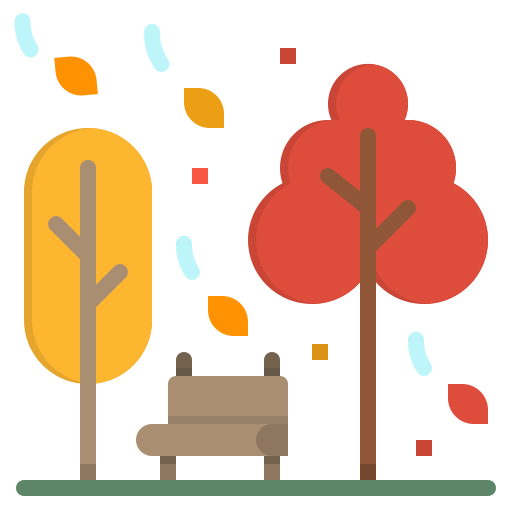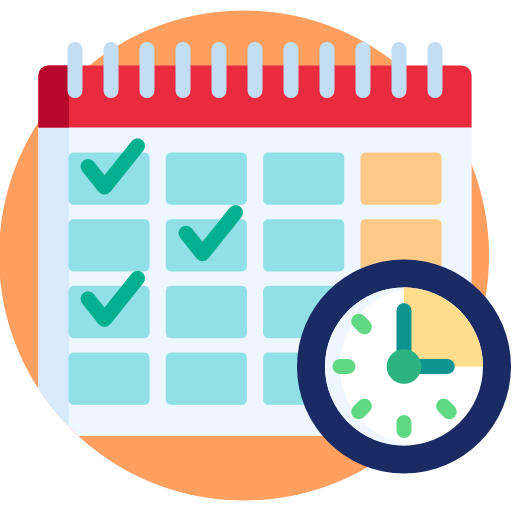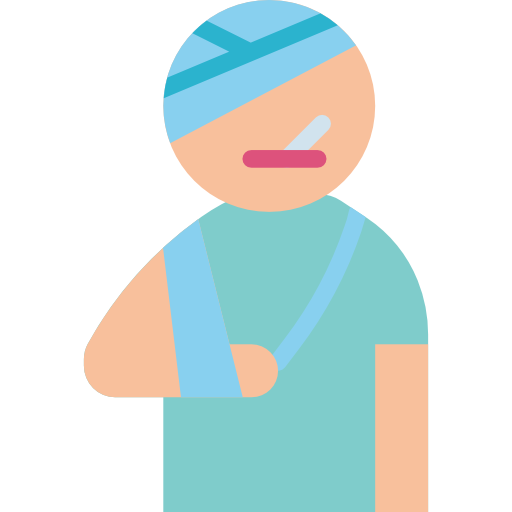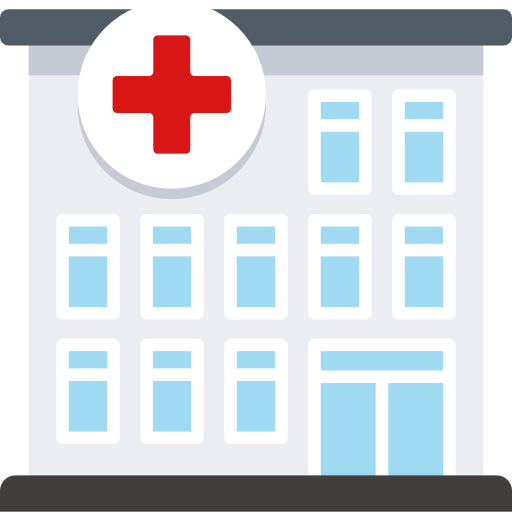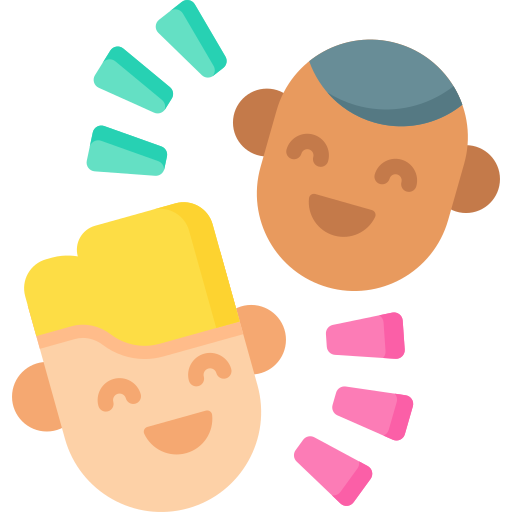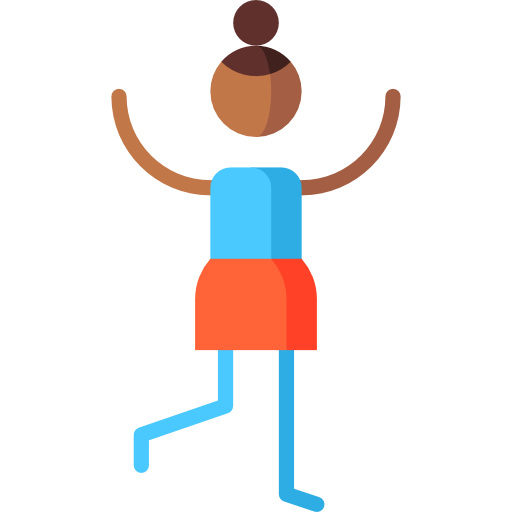PART A_1
Let’s introduce ourselves to each other.
PART A_2
My name is ________________. What is your name?
PART A_3
I am ________________. Nice to meet you.
PART A_4
Nice to meet you too, ________________. What is your hobby?
PART A_5
PART A_6
I see. Now, let’s begin our lesson!
PART B_1
Please look at the picture. Then, give 5 things that you see in the picture.
(If your student is having a hard time to answer, please point at each item in the picture and ask your student what each item is.)
PART B_2

| Word 1: | |
| Word 2: | |
| Word 3: | |
| Word 4: | |
| Word 5: |
PART B_3
Now, let’s review your answers.
(Please review your student’s answers by sending the correct answers.)
PART B_4
PART C_1
I will ask the following questions. Please answer based on the picture below. I will check if your sentences are complete and if the grammar is correct.
PART C_2

| 1. | Who is using the laptop? |
| Answer: | |
| 2. | What is the man doing? |
| Answer: |
PART C_3
Now, let’s review your answers.
(Please review your student’s answers by sending the correct answers in complete sentences. After that, ask your student to read aloud his or her corrected answers.)
PART C_4
PART D_1
We will read aloud the dialogue below twice. I will check your pronunciation and intonation.
First, let’s read aloud clearly and slowly to check your pronunciation. Second, let’s try to read aloud at a natural speed.
First, let’s read aloud clearly and slowly to check your pronunciation. Second, let’s try to read aloud at a natural speed.
PART D_2
|
Gab:
|
Hi, Andrew. I have watched the video that you posted on the internet last night. It was very nice! |
|
Andrew:
|
Thanks, Gab. I am glad you liked it. |
|
Gab:
|
Everyone in the class liked it. I wish I could also edit and post videos on social networking sites. |
|
Andrew:
|
I can teach you how. |
|
Gab:
|
Really that sounds nice. Thanks, Andrew. |
|
Andrew:
|
You’re welcome. Let’s meet after our class. |
After the class
|
Gab:
|
How did you learn to edit videos? |
|
Andrew:
|
My brother taught me how. He has worked as a video editor for three years. By the way, I noticed that you don’t use SNS that much. Could you tell me why? |
|
Gab:
|
I don’t often use SNS because I’m afraid I might make mistakes. |
|
Andrew:
|
Don’t worry, it is just very simple. You just have to read and follow the instructions carefully. Also, be careful when you write or post something on SNS. Make sure not to share too much information. |
|
Gab:
|
Thanks for your advice. I’ll make sure to remember all of that. |
|
Andrew:
|
Come on, let’s start editing a video. |
PART D_3
Now, we’ll fill in the blanks and read aloud the dialogue. I will be Gab, and you will be Andrew. After reading it once, we’ll switch roles. I will check your pronunciation and intonation.
(Please send the mispronounced words and expressions to your student.)
PART D_4
|
Gab:
|
Hi, Andrew. I _________________________ you posted on the internet last night. It was very nice! |
|
Andrew:
|
Thanks, Gab. I am ________________ it. |
|
Gab:
|
_____________ liked it. I wish I could also edit and post videos on SNS. |
|
Andrew:
|
I can __________ how. |
|
Gab:
|
__________________. Thanks, Andrew. |
|
Andrew:
|
You’re welcome. _________ after our class. |
After the class
|
Gab:
|
How _________ learn to edit videos? |
|
Andrew:
|
My brother taught me how. He ____________ as a video editor for three years. By the way, __________ that you don’t use _____ that much. Could you tell me why? |
|
Gab:
|
I don’t often use SNS because I don’t know ________ it well. |
|
Andrew:
|
Don’t worry, it is just very simple. You just have to ___________ the instructions carefully. Also, be careful when you __________ something on SNS, make sure not to share too much information. |
|
Gab:
|
Thanks for your advice. I’ll make sure to _______ all of that. |
|
Andrew:
|
Come on, let’s start ____________. |
PART D_5
Now, let’s review some words and sentences from part D_4.
(Please review the mispronounced words and expressions from part D_4.)
PART D_6
PART E_1
Now, please fill in the blanks to answer the following questions about yourself.
PART E_2
| Tutor: | How often do you use SNS? |
| Student: | I ____ SNS _________________. |
| Tutor: | How long have you used SNS? |
| Student: | I ______ used SNS for ________. |
PART E_3
Now, let’s review your answers.
(Please review your student’s answers by sending the correct answers in complete sentences. After that, ask your student to read aloud his or her corrected answers.)
PART E_4
PART F_1
Now, you will ask me questions. Please fill in the blanks to ask the questions below.
PART F_2
| Student: | What do you ___________ on SNS? |
| Tutor: | I usually post ___________ on SNS. |
| Student: | Do you like ____________________________? |
| Tutor: | Yes, _________ watching videos on SNS. |
PART F_3
Now, let’s review your answers.
(Please review your student’s answers by sending the correct answers in complete sentences. After that, ask your student to read aloud his or her corrected answers.)
PART F_4
PART G_1
Now, please fill in the blanks to answer the following questions.
I will check if your sentences are complete and if the grammar is correct.
I will check if your sentences are complete and if the grammar is correct.
PART G_2
|
1. |
Have you joined any SNS? | |
|
Answer:
|
. | |
|
2. |
What SNS is your favorite? | |
|
Answer:
|
. | |
|
3. |
Have you posted a photo in your SNS? | |
|
Answer:
|
. | |
|
4. |
What do you usually do when you use SNS? | |
|
Answer:
|
. | |
|
5. |
Do you talk with your friends through SNS? | |
|
Answer:
|
. | |
|
6. |
Do you like watching videos posted on the internet? | |
|
Answer:
|
. | |
|
7. |
Do you like reading stories on the internet? | |
|
Answer:
|
. |
PART G_3
Now, let’s review your answers.
(Please review your student’s answers by sending the correct answers in complete sentences. After that, ask your student to read aloud his or her corrected answers.)
PART G_4
PART H_1
Let’s do a free talk.
(Please do a free talk if you have time left.)
PART H_2
Tell me about your favorite SNS.
PART H_3







